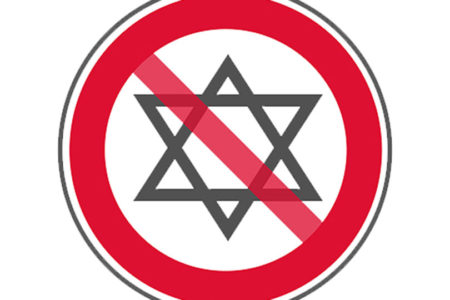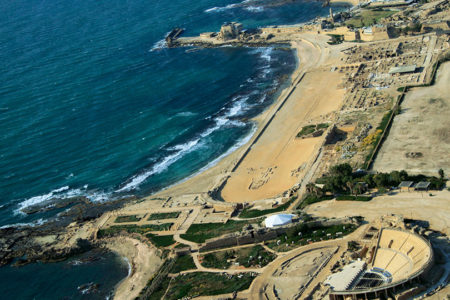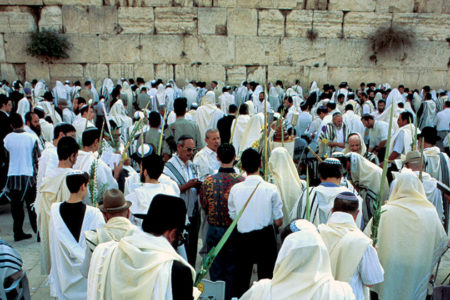Assault at Gethsemane
After eating His last supper, Jesus and His disciples crossed the Kidron Valley and came to a familiar garden of olive trees known as Gethsemane. Called in Hebrew Gat Shemanim, meaning “oil press,” it was located on the lower western slope of the Mount of Olives.
When Jesus made His way to Gethsemane, He surely passed the ancient tomb structures along the ravine. Those monuments probably reminded Him of His imminent death. How easy it would have been for Him to bypass Gethsemane, continue to the top of the Mount, and escape to the open desert. Yet, on behalf of an undeserving, sinful world, He entered Gethsemane (cf. Jn. 3:16; Rom. 5:8).
Once inside, Jesus separated from the rest of His disciples and took Peter, James, and John with Him to a separate section in the grove. He became more anguished and distressed, and His soul was sorrowful to the point of death (Mt. 26:38). Jesus moved farther away to be alone, then knelt to pray, three times petitioning God the Father to remove the cup from which He was to drink.
Nevertheless, Jesus submitted Himself completely to His Father’s will. Then He returned to the disciples and announced, “The hour has come; behold, the Son of Man is being betrayed into the hands of sinners” (Mk. 14:41).
Few can appreciate that Jesus was able to face His suffering and death at Calvary because of the victory gained at Gethsemane. The full weight of bearing the sins of mankind—past, present, and future—was to come crashing upon Him. Imagine such defilement!
He said to Peter, James, and John, “My soul is exceedingly sorrowful, even to death. Stay here and watch” (v. 34). Then “He went a little farther, and fell on the ground, and prayed that if it were possible, the hour might pass from Him” (v. 35).
Is it any wonder Jesus was troubled and deeply distressed? “And being in agony, He prayed more earnestly. Then His sweat became like great drops of blood falling down to the ground” (Lk. 22:44).
Jesus was not dreading the cross; He was dreading having to become sin for you and me: “For He made Him who knew no sin to be sin for us, that we might become the righteousness of God in Him” (2 Cor. 5:21).
The full weight of human sin was placed on Him. That is quite an assault. But as the prophet Isaiah foretold, “Yet it pleased the Lᴏʀᴅ to bruise Him; He has put Him to grief. When You make His soul an offering for sin, He shall see His seed, He shall prolong His days, and the pleasure of the Lᴏʀᴅ shall prosper in His hand” (Isa. 53:10).
Gethsemane is the very heart of the biblical faith. Christ bearing our sin and guilt is God’s answer to what began in the Garden of Eden with Adam (Gen. 2:8; 3:23). By taking our sin, Jesus made it possible for us to obtain life for eternity: “For since by man came death, by Man also came the resurrection of the dead. For as in Adam all die, even so in Christ all shall be made alive” (1 Cor. 15:21–22).
In 1912 songwriter Samuel E. Reed penned these words in his hymn “In Gethsemane Alone”:
Long in anguish deep was He,
Weeping there for you and me,
For our sin to Him was known;
We should love Him evermore
For the anguish that He bore In Gethsemane, alone.







